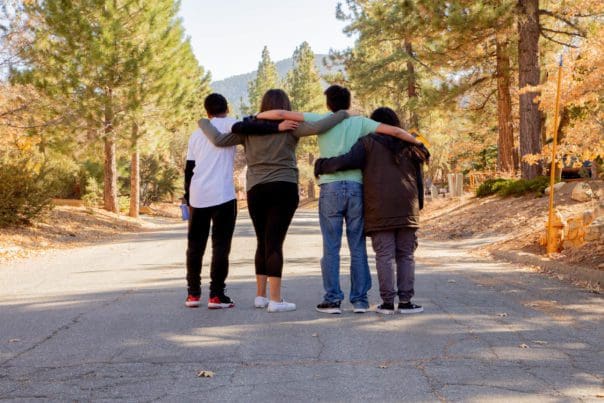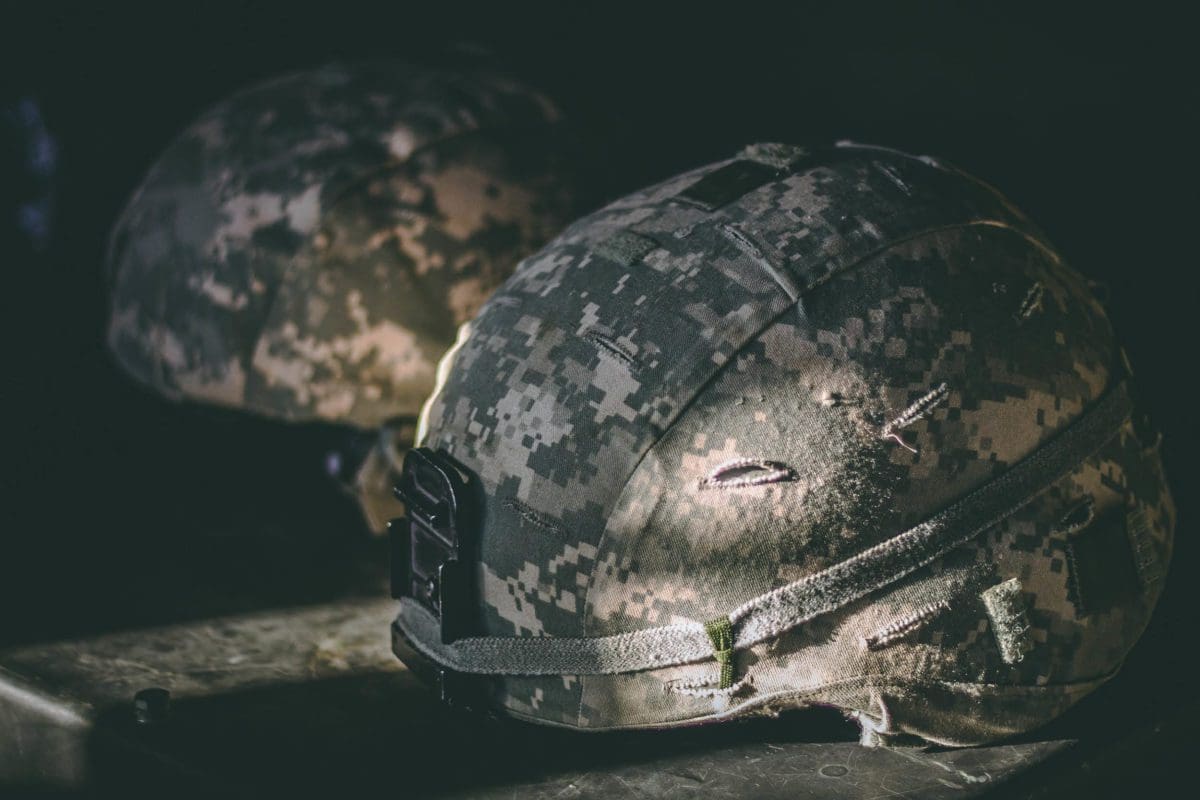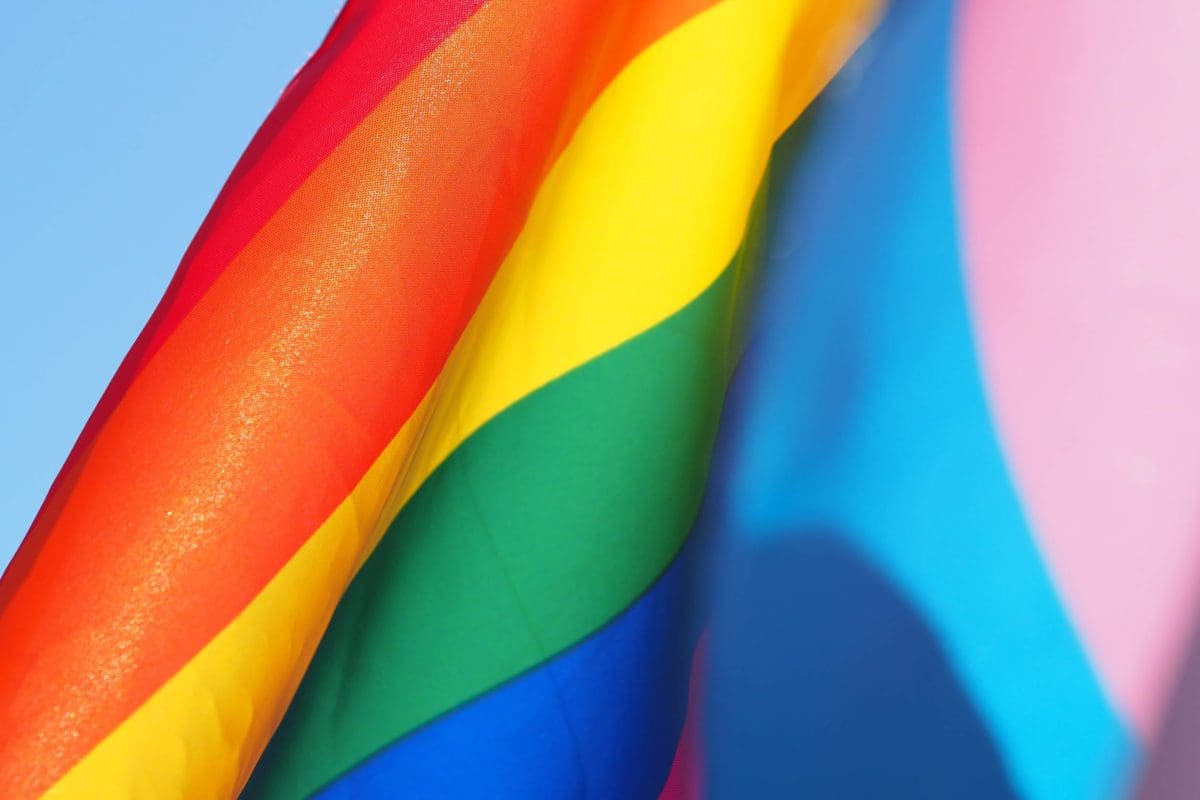
Pacific Northwest Suicide Resource Center provides youth, educators, parents, and researchers with the vital information they need to end suicide in the State of Washington. This website is a living document – as new research, knowledge, and best practices become available, you will find them here. #EndSuicideWA
Key Facts about Suicide:
Suicide Rate = 12.84/100,00
Suicide Rate = 15.78/100,00
Suicide Rate = 13.0/100,00
A study of adolescent firearm-related suicides found that over half were carried out with guns from the adolescent’s home. When accounting for the homes of friends and relatives this number is 75 percent.
An estimated 36 percent of adults in Washington state have a gun in or around their home. Of those, more than half (51 percent) or about 971,000 report having an unlocked firearm.
Firearms in the home = higher risk for suicide.
Levels of gun ownership are highly correlated with suicide rates across all age groups.
If you own a firearm and someone in your household is suicidal, the safest thing to do is remove it. If that’s not an option:


American Indians and Alaska Natives
In addition to the suicide risk factors that face most young Americans, American Indian/Alaska Native youth have layers of risk that increase their susceptibility to suicidal thoughts. According to the Indian Health Service, they may feel cut off from other people, or isolated on reservations, perceive or suffer discrimination, or be burdened by historical trauma shared by earlier generations related to experiences of colonialism, wars, dislocation from land, and separation from family by Indian boarding schools.
Relative to the tremendous toll suicide takes on American Indian and Alaskan Native communities, there is a substantial deficit in research. If you have data or resources you would like us to add, please let us know.
Veterans
Photo by Israsel Palacio

Veterans and active duty soldiers face unique circumstances. According to the U.S. Department of Veterans Affairs, emotional and mental health crises are heightened for men and women who serve or have served in the military. Studies found this to be particularly true in the three years immediately following deployment. The VA says that these unique factors exacerbate crisis moments for veterans:
These resources will help you learn more about veterans and suicide. If you work for an organization that would like to have a resource added, please let us know.

LGBTQ+
In the past 12 months3…
In a national study, 40 percent of transgender adults reported having made a suicide attempt. 92 percent of these individuals reported having attempted suicide before the age of 25.4
A study published in 2016 found that nearly one-third (29 percent) of LGB youth have attempted suicide at least once in the prior year compared to 6 percent of heterosexual youth.1 Members of the LGBTQ community experience risk factors shown to increase suicide rates, including societal stigma, threats of violence, institutional discrimination, cyberbullying and conflict with family or friends as a result of their sexual identity. According to The Trevor Project, each episode of victimization, such as physical or verbal harassment or abuse, increases the likelihood of self-harming behavior by 2.5 times on average.2
References
Suicide accounts for more deaths than homicide in the United States.
Suicides are preventable. Know the risk factors and warning signs so you can help.
While mental health problems are an important risk factor for suicide, they do not fully explain the differences in suicide between states and regions. Other factors, such as demographics and the prevalence of firearm ownership are important in explaining differences in suicide.
While suicide is a leading cause of death among adolescents and young adults, the highest rate of suicide is in middle aged adults.
While females are more likely to attempt suicide; males, particularly white males, are more likely to die by suicide. 7 in 10 suicides in 2014 were white males.
A vast majority of individuals who attempt or die by suicide have risk factors or show warning signs ahead of time. Learning about those signs can help you save a life.
Studies have found that more than 75 percent of all suicides did things in the few weeks or months prior to their deaths to indicate to others that they were in deep despair. Anyone expressing suicidal feelings needs immediate attention.
It’s best to talk to the person as soon as you suspect something might be wrong. In a study of suicide survivors, 24 percent reported that less than five minutes elapsed from the time they decided to end their life and their suicide attempt.
While pill overdoses account for a large number of suicide and suicide attempts each year, most suicides are actually firearm-related.
An estimated 90 percent of suicide attempts using a firearm result in death, while those who attempt suicide by other means are far more likely to survive a suicide attempt. 2 percent of suicide attempts by pill overdose and 1 percent of suicide attempts by cutting survive their attempt. Means matter.
Keeping firearms locked and unloaded is associated with a lower risk of suicide among those living in the household, including children and adults.
In a nationwide study of adolescents who live in households with firearms, 41 percent reported that they could easily access the gun. Adolescents with mental health problems were just as likely to report easy access to a household firearm as adolescents without mental health or substance abuse problems.
This web site is provided for educational and informational purposes only and does not constitute providing medical advice or professional services. The information provided should not be used for diagnosing or treating a health problem or disease, and those seeking personal medical advice should consult with a licensed physician. No physician-patient relationship is created by this web site or its use. Neither HIPRC, the University of Washington, nor its employees, nor any contributor to this web site, makes any representations, express or implied, with respect to the information provided herein or to its use.